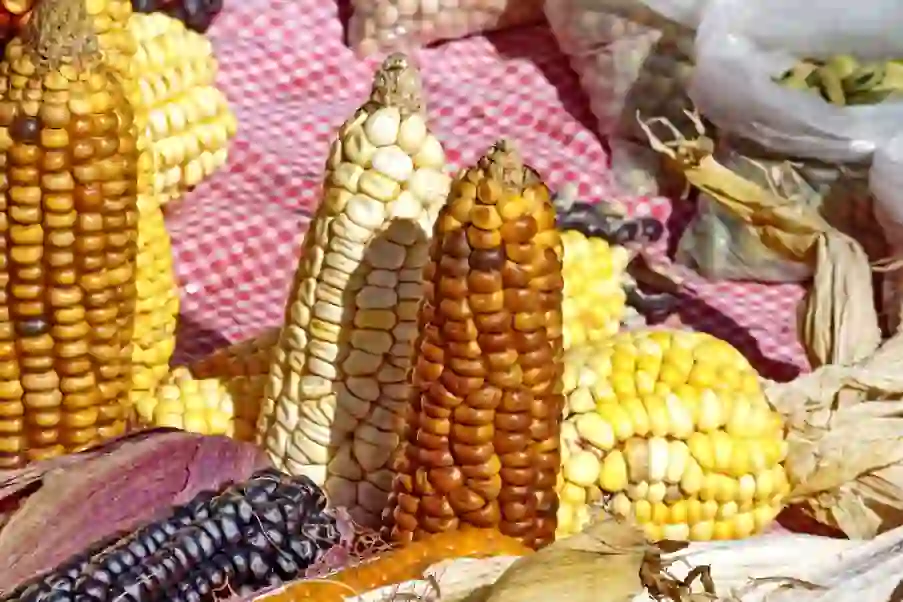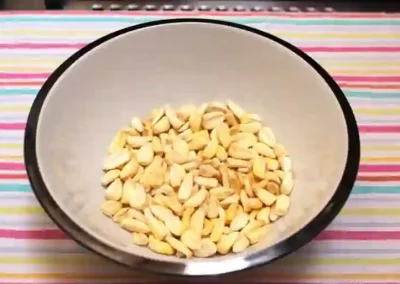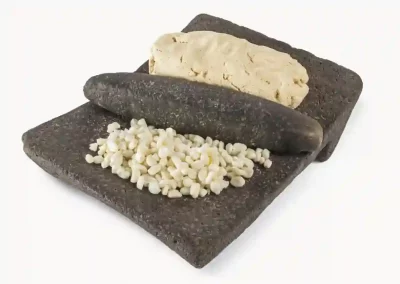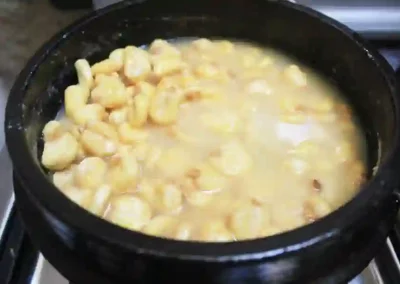Impossible to talk about beans (see previous post) without alluding to their twin sibling maize. Domesticated as long as 8700 years ago in the low-lands of what is now Oaxaca in southern Mexico, corn is not short on history. But when corn was introduced to the world by the Spanish, they left behind one vital ingredient
Nixtamal: Secret Of Ancient America
By reputation corn is considered a second-rate grain: relatively low in protein, high in carbs and lacking in key vitamins and other micro-nutrients. Think polenta, tasty only as its companion sauce
Now, consider Mexican tortillas fresh off the skillet. These also contain tasty fillings, but now they complement the delicious taste of corn which holds centre-stage. And with taste comes nutrition. This corn has more protein and a significantly greater range of vitamins and minerals. The difference? A 1500 year-old process unique to pre-colombian Central America: nixtamalization
Nixtamalization is the ancient practice of treating corn with an alkali. This partially breaks down the indigestible outer husk, releasing flavour, and nutrition in the form of protein essential vitamins and minerals
Nixtamalized corn is also good news for regulating your blood sugar: with a glycemic index of 52 and a glycemic load of 12, nixtamal is considered a low glycemic food, meaning it will release glucose into your blood at a gentle and healthy pace
Vitamin B3 And Nixtamal
Vitamin B3 (niacin) is one of the eight essential B vitamins, necessary to help the body extract energy from food, support normal nervous system function and help keep your skin and gut healthy. Niacin is water-soluble, so your body can’t store it and you need to get it from your daily diet
Though corn has found its way to all corners of the globe, it has done so un-nixtamalized, and during leaner times has failed to prevent outbreaks of Pellagra, a disease resulting from deficiency of vitamin B3 (niacin) in societies relying on corn as a staple
Pellagra includes a triad of dermatitis, dementia, and diarrhea and when severe can result in death. It has been effectively unknown in Mexico and other parts of Latin America where the ancient tradition of nixtamalizing corn has been practiced for millennia
From Maize To Nixtamal
Early methods of nixtamalization added an alkali to dried corn in the form of pot-ash, a watery solution of strained wood-ash in which the corn was partially cooked
Later lime-wash (calcium hydroxide) became the favoured method. The corn is boiled in a dilute solution containing lime and left to soak overnight before being thoroughly rinsed, ready to use
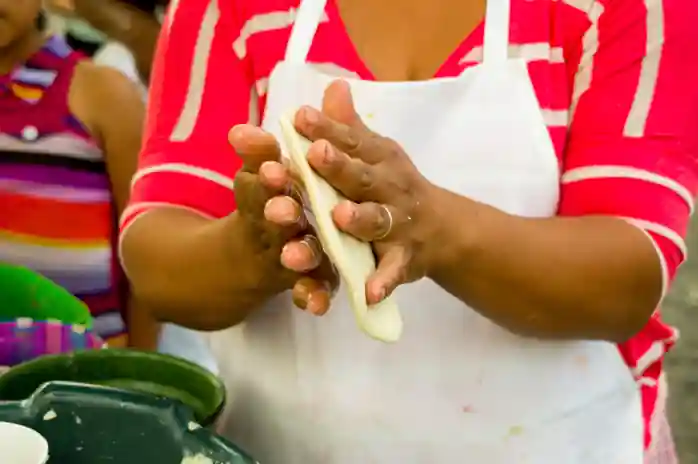
From Nixtamal To Tortillas and Tamales
Making nixtamal is the easy part. Grinding it for items like tortillas and tamales is where the real fun begins
While tamales require a coarse grind which can be achieved (in my opinion, though traditionalists would disagree) with a food processor, tortillas require the finest possible grind, achievable only through hard work and the removal of the kernels’ outer skin
The traditional stone grinder (metate) requires great physical effort from even the most skilled. The metate’s function is largely ornamental in middle-class Mexican homes, though you will definitely see rural Mexicans grinding the likes of corn, chillies and seeds in the metate.
For fine tortilla masa, cooks will often take their nixtamal to the local mill, returning home to shape and cook their tortillas, a service increasingly less available in most places outside of Mexico and Latin America
The latest chapter in the nixtamal story arrives in the 1970’s when corn dough was sold dehydrated as masa harina. Instant nixtamal requires the simple addition of water! Finally, anyone can make perfect tortillas at home
Nowadays you can get tortillas vacuum packed, ready to eat, from shops and supermarkets in and beyond Mexico. A good on-line source for us Europeans is the UK-based cool-chile-company. (Nixtamalized) tortillas are also available from Wholefoods and some larger branches of the major supermarkets. (Did I mention amazon?)
In the UK you can now enjoy a real, nixtamalized tortillas and tamales from places like
- The Taqueria (Westbourne Park Road, London)
- Wahaca (UK-wide), and
- Pastor (Stoney Street, London)
In the US: where to start!
The journey from dry corn kernels to plated tortillas or tamales is one requiring determination, patience and strength. A food processor will ease some of the pain, but you will still need to use some kind of grinder – mine resembles an old-fashioned mincing machine, fitted with a grinding stone.
Masa harina takes out all the work. But I’m sorry to say nothing quite matches the taste of a freshly made tortilla from dry corn taken through all it’s stages to freshly home-made masa
As with all serious travel, the arduousness of the journey is forgotten on arrival and fatigue turns to joy as you taste a fruit inextricably linked its process. The experience is so good that at least once in your life you have to try it – maybe persuade someone you really love to help you? You know you’re worth it!
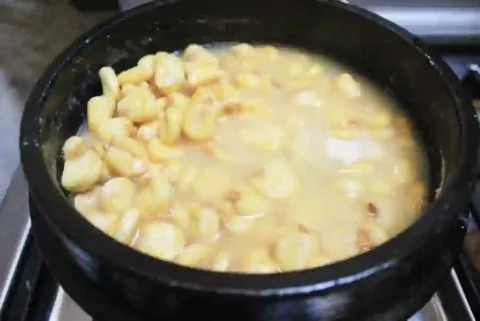
- 1 large pot preferably flame-proof earthenware
- a few handfuls of dried corn kernels It needs to be field corn. Pop-corn and sweet corn are not suitable for this recipe
- 1 tsp slaked lime or lime-wash (calcium hydroxide) quick-lime (calcium oxide) is not suitable here
- wash the corn, strain, and put into a pot
- dissolve the slaked lime in water sufficient to cover the corn by a couple of inches
- add the lime solution to the corn and bring to the boil
- for best results simmer for just 15 minutes, then allow the corn to soak in the lime solution overnight
- if you want to use the nixtamal on the same day, cook for 30-40 minutes, depending on the size of the corn kernels and leave to soak until the mixture has cooled to room temperature
- The resultant kernels should be soft and wet on the outside but still retain their powdery, chalky centre
- Transfer to a large bowl if necessary and placing this in your kitchen sink vigorously rub the kernels to loosen their skins. As the skins float to the top pour off some of the water and skins, topping up with fresh water and continuing the process as necessary
- The more skin you can remove, the smoother the final masa or dough
Subscribe To Posts
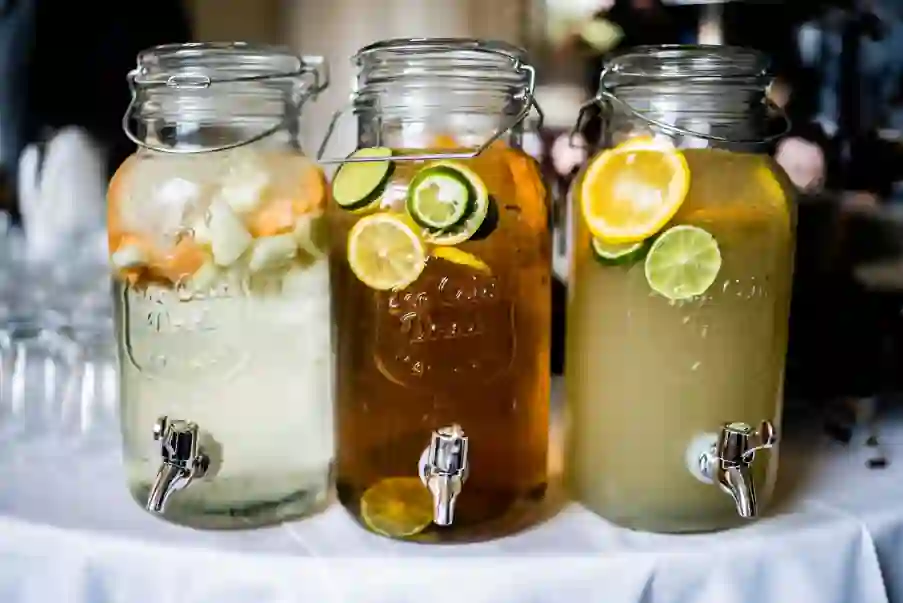
Mexican Fruit Drinks: 3 Refreshing Non-Alcoholic Drinks Recipes Perfect For Any Occasion
Made from fresh fruits and flowers, Mexican “aguas”, are a fantastic healthy and authentically Mexican alcohol-free accompaniment to any meal
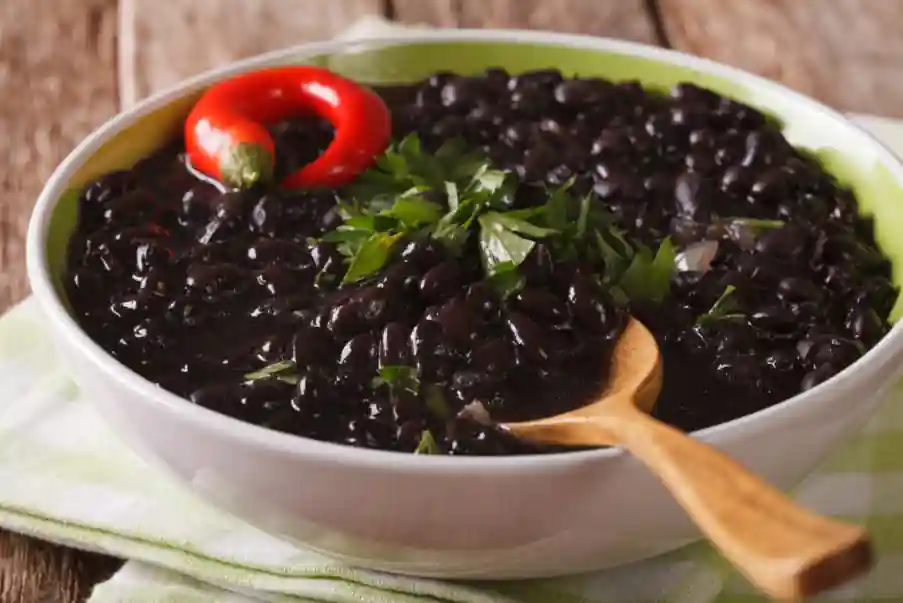
A Flavorful Fiesta: Cooking the Perfect Mexican Black Beans
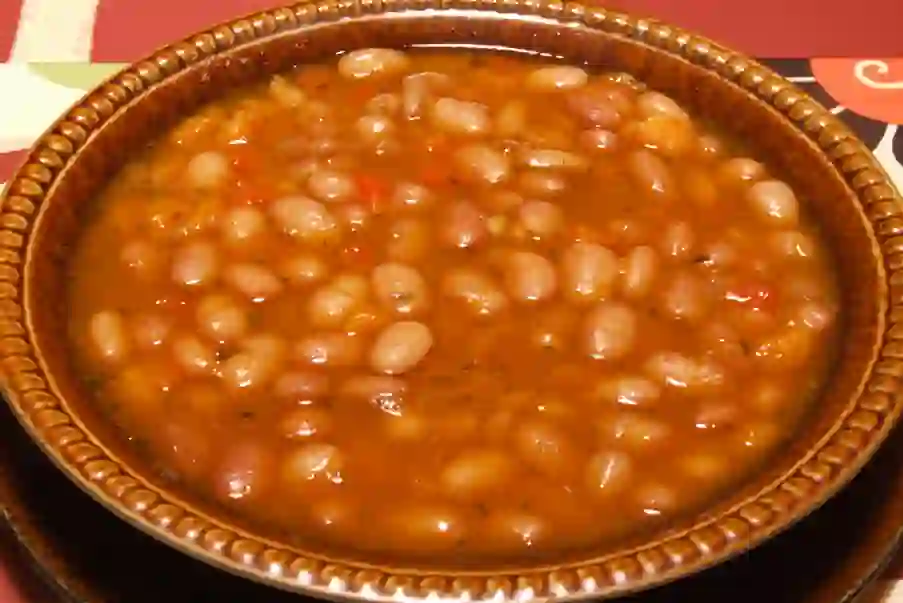
Homemade Baked Beans Recipe: À La Différence
These are the result of a traditional Sunday breakfast in a London café with some Mexican friends who ventured to try the beans. Oh dear…!
Subscribe To Posts

